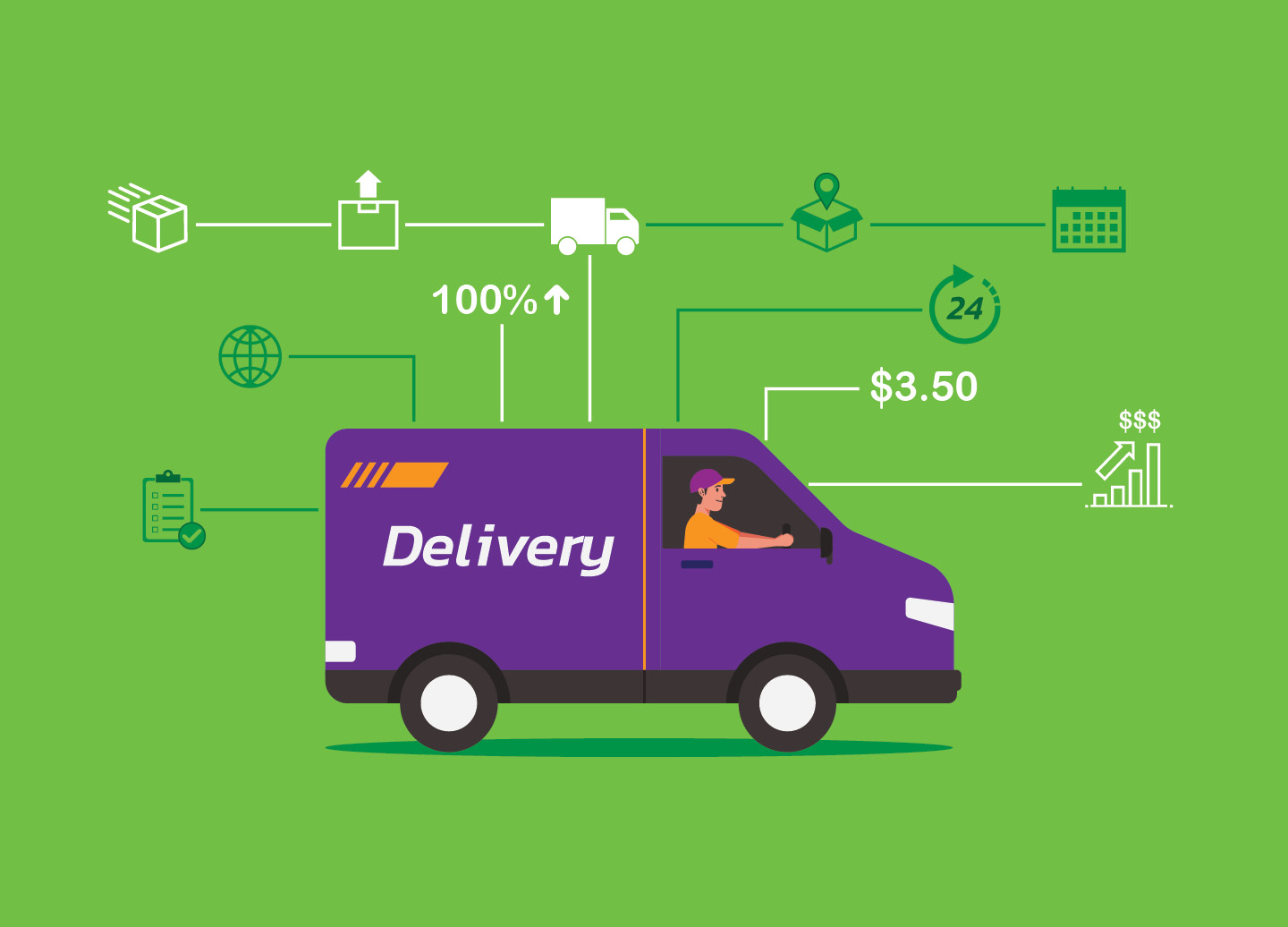ProShip takes a deep dive into core shipping technology and lists what to look for and what to avoid.
While it’s obvious that the pandemic has affected nearly every industry in the global economy, the lasting effect on the logistics industry is somewhat unique. Starting with the initial supply and demand struggles (WHERE IS ALL THE TOILET PAPER), the supply chain sector has had to battle a variety of capacity, carrier, and even political challenges. In spite of these pandemic-related challenges, a key truth has won out – the industry needs innovation and tech disruption.
As the economy changes and globalization grows, innovative and adaptive technology is a near necessity across the logistics industry. While it may seem as if the supply chain industry has been slow to catch on these changes, top solutions already exist and are available for those who want to compete. Intuitive and advanced logistics software can improve supply chain efficiency, as well as provide a decrease in transportation costs, all while creating a more positive customer experience.
Today’s focus will start with a key category responsible for a good portion of service and support pain points – Core Technology.
Why Shipping Software Core Technology is Important
It’s critical to keep in mind that even though a company’s software solution may be sold under a single entity name, a deeper look could reveal a series of cobbled technologies from other vendors that are needed to make the software function. This stitched together technology means more possibilities for issues. Customization, product reliability and support issues arise when various interfaces and core engines are outside of a vendor’s control (this can be within the front-end or back-end).
What you need to look for is reliable and proven technology that will be able to handle any unique business logic or complexity that your business requires. Flexibility, reliability, and system uptime are some of the key features of a parcel shipping solution. Adaptable configurations and business rule capabilities allow a solution to meet complex processes and requirements. This is easiest when all of the core technology within a solution is created and supported in-house.
An ideal multi-carrier shipping software will…
- Control the life cycle of their own Intellectual Property (IP)
- House development, integration, services, and support all under one roof
- Offer an on-premise solution or hosted in the cloud
But why are these 3 important? Here are the details:
Controls the life cycle of their own Intellectual Property (IP)
ProShip owns the technology. Some competitors may use a partner for their front end – typically for aesthetics. ProShip has a native front end built by our core team – and we have total control of it. In addition, some companies use API connections for their carriers, which may seem like a simple and cost-effective route. However, when issues arise, API-aggregators only offer basic carrier connectivity and lack the flexibility to handle the complexity of enterprise-level businesses. With limited support resources, these smaller API-only solutions are not able to scale with your growth or during busy times (peak season). ProShip builds compatible engines for unique shipping scenarios instead of connecting to a carrier’s technology, a disjointed and less customizable option. [Read: Carrier APIs vs. Certified Carrier Engines]
Development, integration, services and support all under one roof
ProShip has the expert team. We’ve shared previously that a fully compliant and compatible solution is essential for choosing a multi-carrier shipping software [Read Here: What Does It Take to Stay Carrier Compliant in Parcel Shipping?] There are many ways in which compliancy can affect your business, but it should be noted that not every solution will offer a quality, high-end product, with a comprehensive services and support team.
The right partner will value their customers and see customer successes as their own. The ProShip support team makes a personal commitment to deliver the best customer experience in the industry through consistency in daily work and project management. Comprised of experienced and trained professionals in both the supply chain and IT fields, our support team remains both proactive and reactive, ready to assist with on-going projects and available immediately when support issues arise.
Having all of these teams as a comprehensive, multi-service solution will protect your logistics investment to accelerate growth and see a fast ROI. Automated rate shopping, visibility, and shipment accuracy are only of the few benefits of the core technology within the ProShip software solution. [See ADS: A New Kind of Rate Shopping]
On-premise solution or hosted in the cloud
ProShip has advanced hosting options. Contrary to cloud-based applications, web-based functionality is limited to web browsers to function, scale, store data, and have a unique version for each user. ProShip can offer on-premise and cloud solutions to match what is best suited for a company’s business needs. For example, some prefer the security and storage options for on-premise solutions. Others prefer the ability to scale the business as needed, a benefit to a cloud-storage solution where companies can pick a more expansive plan with a click of a button.
Whether on-premise or hosted on a secured cloud network, the ProShip Server connects all of the critical shipping elements and includes high volume shipping, desktop shipping and the Software Development Kit. The ProShip Server joins carrier engines, shipping modules and the Enterprise Queuing System that manages updates with minimal downtime to provide the most reliable and robust shipping software in the industry. With the ProShip Server, computer workstations across the company can access ProShip’s functionality and data via the existing corporate network. In addition, the ProShip Server can be linked to your company’s Intranet Web services using any Internet browser – no special program installations required.
Overall, finding the right software solution is a multi-step process and one that will require research and careful consideration into availability and timing. Core technology is just one piece of the puzzle, we will be diving into the role that these key categories play as well: Pricing Scheme, Speed, Service & Support, Business Focus, and Updates. While it’s evident that investing in the ProShip multi-carrier software solution accelerates growth, it also positions you to go Beyond the Box.
Learn More…

 Back to Blog
Back to Blog






